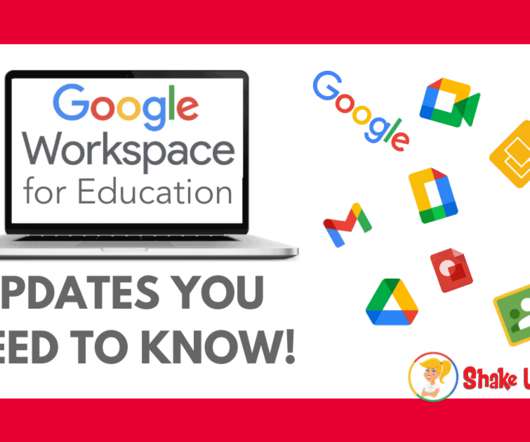How one city closed the digital divide for nearly all its students
The Hechinger Report
APRIL 14, 2022
According to a 2021 report from the think tank New America, 1 in 8 children from low-income families don’t have a computer at home, while 1 in 7 lack access to broadband internet. Inside Castlemont’s media center in May 2021, Chromebook carts are completely empty. The homework gap isn’t new. Nothing was coordinated,” Thomas said.























Let's personalize your content